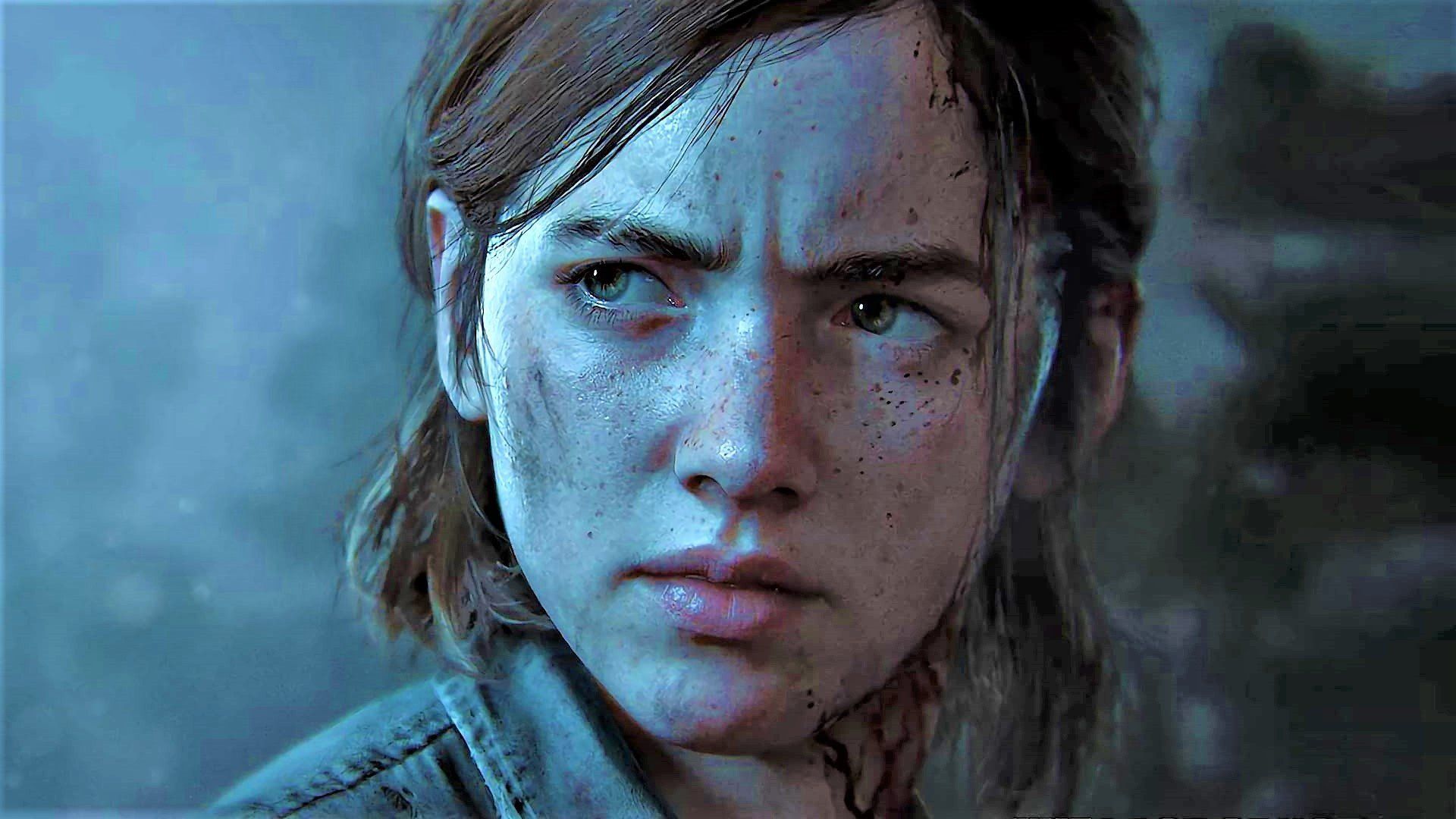From Revenge to Blood Feud
Examining why The Last of Us II is an uncomfortable story through a literary lens

Any video game can tell a story of how revenge is a double-edged sword. Most of the time revenge is at the core of epic stories that we’ve played and enjoyed, such as Sekiro: Shadows Die Twice or the Dishonored series. The good ones are unafraid to show the consequences of revenge. But the great ones give characters the opportunity to grow past it.
Naughty Dog has a history of creating video games that feel more like gripping novels or movies. The Last of Us Part II is no different. The game has much to brag about with its interactive environment and the emotional delivery given by its voice actors. Yet I admired more of the different literary techniques used to drive the narrative.
To show the consequences of revenge and the struggle to regain control in the aftermath of tragedy, writers relied heavily on multiple POVs, parallelism, and the moth motif. These devices helped push the standard narration of a tested and tried revenge story to new heights. The Last of Us Part II becomes a story of revenge that we’re not used to or comfortable with.
I decided to dig deeper into the literary devices used to push the envelope on a typical story of revenge in The Last of Us Part II.


Being More Human Through Multiple POVs
In a storytelling twist, you play Abby: the person who took Joel’s life. This led to criticism from fans, upset that Joel died the way he did and reluctant to partake in Abby’s storyline. Others argued this was a cruel attempt to have players sympathize with Abby or make light of her actions.
I would argue that Naughty Dog’s shift in storytelling serves a bigger purpose.
Before I looked at the world outside of Ellie’s hurting and grieving lens, I didn’t pay much attention to who I was mowing down. I saw Seattle as an extension of Joel’s killer. By introducing multiple POVs, we are no longer confined to Ellie’s perspective of the world.
“Telling the story from multiple POVs opens up a wider world” for the player and forces us to be critical towards both Abby and Ellie (Runyan, 2016). It, also, humanizes the world by closing the distance between characters and ourselves.
Abby, Nora, Manny, Owen, and Mel are no longer faces and names on Ellie’s psuedo hit-list of Polaroids. They are people with unique personalities, troubles, roles, and who care for each other. By getting to interact and know the cast, this story of revenge and its violence becomes even more uncomfortable.
Why?
Our brains are wired for compassion, guilt, and empathetic pain (it hurts us seeing others in pain). When violence takes place by us, our brains have to do some neural gymnastics to overcome and rationalize.
There is a study that examined our brain’s reaction to murder made moral. Researchers showed video scenarios to the participants, “in one, a soldier would be killing an enemy soldier; in the next, the soldier would be killing a civilian” (Kluger, 2015). The videos are in the POV of the shooter. Afterwards, they asked participants to rate the level of guilt they felt.
No surprise, there wasn’t much guilt felt when firing on the enemy soldier.
When the researchers, then, humanized the enemy soldier, there was an increase of reported guilt. It became harder for the participants to rationalize and cope with the violence (Kluger, 2015).
With multiple POVs, it became harder for me to stomach and rationalize the violence both Ellie and Abby were leaving. Looking critically at them, I found they were both hero and villain. The tragedy is that while I understand the impact of their actions, Abby and Ellie will not until it’s too late.
Parallelism Between Abby and Ellie
I realized during my second playthrough that Ellie’s beginning (waking up in Jackson for her patrol) is similar to Abby’s (waking up to receive her next assignment). The moving through a bustling community. The affectionate greeting between different characters. Even Manny good humoredly poking at Abby and swiping an extra burrito was reminiscent to Ellie with Jesse.
From there did the similarities continue between the two. The incredible loss shared and trauma kept to themselves. The respective roles they played in their communities. Having people who care about them.
Abby and Ellie’s stories, what they still have in their lives, and what they will lose run parallel against each other.
However, through this parallel, we see all that Abby will lose by choosing revenge. In seeing Abby lose everything, we know what will come of Ellie if she continues.
Then, it got worse.
The exact moment this revenge story changed was when Ellie took Nora’s life. The violence itself was sickening. It was, also, the moment it no longer followed the ‘eye for an eye’ mantra. Ellie was starting to take more (you can even argue Tommy started it) by removing Abby’s inner circle.
“And all an eye for an eye means is a way to prevent disproportionate revenge. Disproportionate revenge are blood feuds, recycling of vengeance…” (Talk of the Nation, 2013).
Through multiple POVs, we’re forced to watch and participate in this never ending blood feud.
As the player, I’m unable to impart any of my wisdom. There is nothing I can do to stop this. I felt as if I was the Greek figure Cassandra, cursed to have all my warnings and prophecies ignored as I watched the tragedy continue.
I found myself exhausted and frustrated.
I didn’t root for Ellie in her quest for “revenge” or Abby for hers. Instead, I wanted so badly for Abby and Ellie to stop. To find that light and heal. But to get there, you need to stop re-reading that chapter of incredible loss. That is easier said than done.

Be The Light, Not The Moth
Moths. They flutter across the loading screen. They’re scattered across Ellie’s journal and etched on her skin. One sits on the neck of her guitar, the last physical tie to Joel Ellie carries.
“The moth intrigued the team because of its resemblance to a firefly… But the image is also a symbol of death and compulsion. There’s this idea of obsession and being drawn to a light and constantly pursuing this thing.” (Favis, 2019)
The moth first appears with Joel and the guitar, sharing with Tommy his decision years ago with Ellie and the Fireflies. There is a sense of understanding of the sacrifice and devastation caused to keep Ellie alive. Even before Joel passes on the guitar to Ellie, his song acts more like a plea for understanding behind the decision: “If I ever were to lose you, I’d surely lose myself.”
Flashbacks show Ellie conflicted and upset with Joel after finding the truth behind what happened to the Fireflies and the cure. To her, the potential of her immunity being used to help others gave her purpose. Now knowing the truth, she appears aimless in Jackson.
When Joel dies, the moth image resurfaces in full. It’s etched on her journal next to a drawing of Joel, eyes crossed out. It stares out at us as Ellie practices on her guitar.
Revenge becomes an attempt by Ellie (and Abby) to “re-equilibrate power and allow the victim to regain a sense of control over [their] circumstances” (Goldner, Lev-Wiesel, Simon, 2019). Ellie uses Joel’s death as purpose and to keep him alive, even though it means keeping him in a place filled with incredible pain. The “light” she seeks is one of control, but her idea of control is revenge, which becomes an almost addiction.
It’s heartbreaking seeing moments where she even uses her immunity to help her get closer to achieving her revenge (i.e. pulling Nora into the infected areas in the hospital).
There was a sense of longing as I watched Abby finally take steps to continue with her life. Writers made it clear that in no way did revenge help her. She continued to have nightmares even after. But her storyline with Lev and Yara was her looking beyond her grief and finding positive purpose. When Abby finally dreams of her father, alive and smiling, I saw that first step towards healing. I saw her begin to become a source of light for others (moth to “firefly” transformation).
Often in video games, we are spoiled with the ability to steer the characters. The discomfort I felt with Ellie was that I had no control over her actions and how she healed.
Watching her return to an empty house, I saw all she lost by her own hands and how little influence I had in preventing it.
The moth image appears, again, through the guitar. As Ellie tries to play, there are notes she can no longer reach thanks to missing fingers. This obsession has cost her one of the ways she connects to Joel. Joel’s song can no longer be played — at least, not in the same way.
As Ellie leaves the farm, she leaves behind the guitar and image of the moth — this revenge obsession. The writers give us hope by showing her with Joel in one last memory. Ellie shares how she’s willing to move forward and wants to try again in her relationship with Joel.
While The Last of Us Part II often left me feeling helpless, I have hope for Ellie. I hope to see her learning how to play the guitar with her left hand, her creating more art, and healing in a community that loves her.
I look forward to seeing her try again.
Comments
Sign in or become a SUPERJUMP member to join the conversation.
